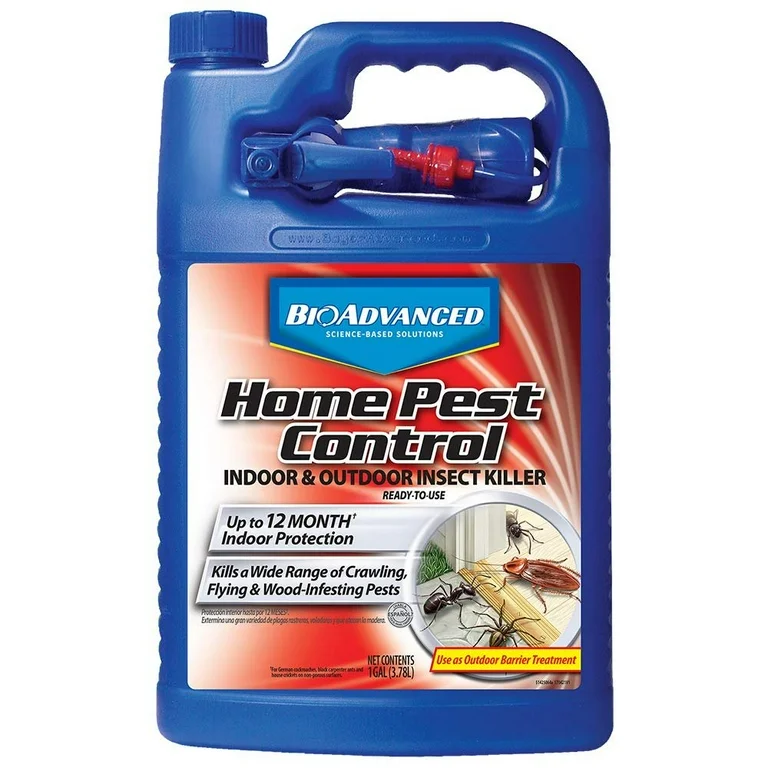Bed Pest Therapy Break Down: Comparing Chemical Vs. Non-Chemical Solutions
In the realm of insect control, especially when taking care of the consistent concern of bed pests, the choice in between chemical and non-chemical treatment options can be a pivotal one. Both techniques offer distinctive benefits and downsides, influencing variables such as efficiency, safety factors to consider, and total price. By taking a look at the nuanced details of each technique, a clearer understanding of which course to seek in addressing a bed bug infestation can be obtained.
Performance of Chemical Therapies
Chemical therapies for bed insect infestations have actually been commonly recognized for their rapid and potent efficiency in removing these bugs. When thinking about the performance of chemical treatments, it is essential to understand that they can provide a fast and detailed service to a bed insect trouble. Professional pest control experts commonly rely upon insecticides to target bed bugs at numerous phases of their life process, including fairies, eggs, and adults. These chemicals commonly work by interfering with the bed insects' nerves, leading to paralysis and ultimate fatality.
Moreover, chemical therapies have the advantage of offering residual impacts, implying that they can remain to eliminate bed pests even after the initial application. This residual activity is specifically valuable in combating any type of prospective re-infestations. Additionally, the quick action of chemical therapies can bring relief to people dealing with serious bed bug problems, enabling them to regain control of their home swiftly.
Safety And Security Interest In Chemical Solutions
When using chemical solutions for bed insect therapy is guaranteeing the safety and security of occupants and the atmosphere,One crucial element that calls for cautious factor to consider. While chemical therapies can be reliable in eradicating bed insects, they may posture threats otherwise taken care of correctly. Among the main safety interest in chemical solutions is the prospective injury they can create to human health and wellness. Direct exposure to certain chemicals utilized in bed insect therapies can lead to respiratory system problems, skin irritability, or various other adverse reactions, particularly in individuals with pre-existing problems or sensitivities. Additionally, incorrect application or dosage of chemical pesticides can result in harmful residues sticking around in the treated area, posturing long-lasting health threats to owners.
Moreover, the environmental influence of chemical remedies is an additional significant factor to consider. Some pesticides made use of in bed insect therapies might be hazardous to valuable bugs, wildlife, and environments if they leach into the dirt or water systems. It is crucial to make use of chemical therapies judiciously, adhering to safety guidelines, and taking into consideration much less hazardous options to alleviate these dangers and ensure the effective and risk-free monitoring of bed insect problems.
Benefits of Non-Chemical Methods
Thinking about the possible security issues and environmental impact associated with chemical solutions for bed bug treatment, checking out non-chemical methods provides an encouraging choice with numerous distinct benefits. Non-chemical therapies are ecologically friendly, as they do not add to air or water contamination, making them a sustainable option for parasite control.
In addition, non-chemical remedies can be reliable in targeting bed insects, consisting of hard-to-reach locations where chemical therapies may not pass through - A1 bed bug exterminator charlotte. Methods such as heat therapy, vacuuming, heavy steam cleansing, and cushion coverings supply extensive elimination without the use of harmful chemicals.
Limitations of Non-Chemical Treatments

Additionally, non-chemical treatments frequently call for numerous applications to accomplish successful obliteration. This can be lengthy and might not always guarantee full removal of all bed insects and their eggs, especially in concealed or hard-to-reach areas.
In addition, the success of non-chemical therapies heavily relies on appropriate application and thoroughness, which can be testing for people without professional experience. Insufficient application of non-chemical methods may lead to incomplete removal, leading to relentless invasions and the requirement for additional therapies.
Consequently, while non-chemical treatments have their benefits, it is necessary to acknowledge these constraints and consider them when determining one of the most effective approach for taking care of bed bug problems.
Price Comparison: Chemical Vs. Non-Chemical Options
Offered the limitations connected with non-chemical treatments, an essential facet to examine in the context of bed insect monitoring is the cost contrast between chemical and non-chemical alternatives. Chemical treatments generally entail the application of insecticides by professionals, which can vary from $250 to $900 per room, relying on the severity of the infestation and the size of the area to be treated. In comparison, non-chemical treatments like heat treatment or heavy steam can A1 pest control charlotte nc bed bugs be a lot more expensive, with expenses ranging from $1,000 to $6,000 for an entire home. While the preliminary price of chemical therapies might appear lower, multiple treatments might be required to fully remove the infestation, possibly boosting the total price. On the various other hand, non-chemical options might supply a more sustainable and green option, although they can be cost-prohibitive for some people. Inevitably, when considering the expense of bed pest therapy alternatives, it is very important to evaluate the in advance expenditures against the efficiency and lasting sustainability of the selected approach.
Final Thought

Taking into consideration the prospective safety concerns and ecological effect associated with chemical remedies for bed bug therapy, checking out non-chemical methods presents an encouraging option with several unique benefits.Offered the restrictions associated with non-chemical therapies, a necessary element to examine in the context of bed bug administration is the price comparison in between chemical and non-chemical options. In contrast, non-chemical therapies like warm therapy or heavy steam can be more costly, with expenses varying from $1,000 to $6,000 for an entire home. While the first expense of chemical therapies may seem lower, numerous treatments might be called for to completely eradicate the invasion, potentially boosting the overall expense.In verdict, when comparing chemical and non-chemical bed insect therapy choices, it is vital to consider efficiency, safety and security, benefits, restrictions, and expense.